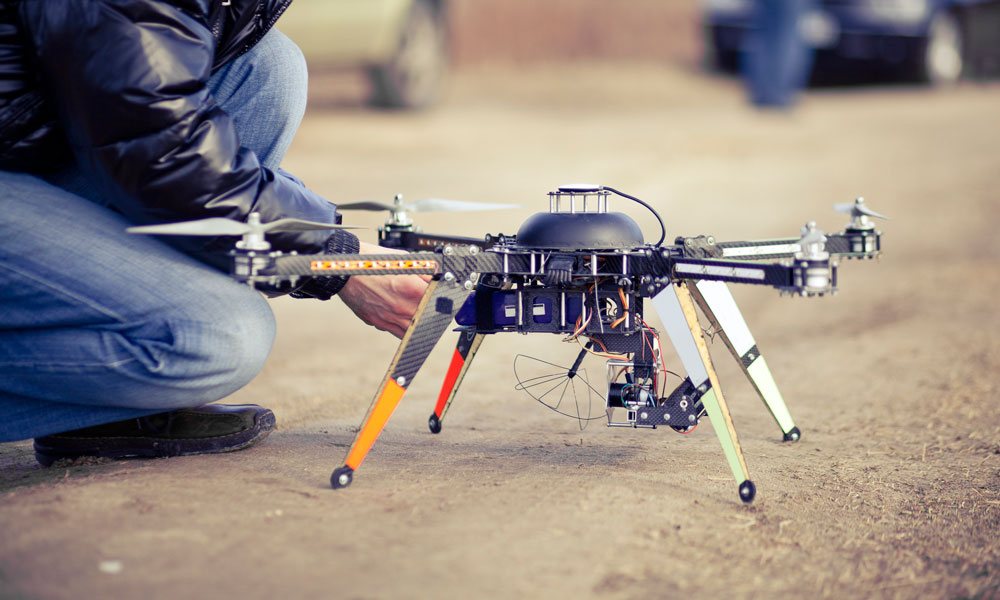
Drone Safety Pitch Pays Off for Model Aeronautics Group
The Academy of Model Aeronautics’ big challenge has been bringing casual drone users into the fold in terms of drone safety regulations. Here’s how it approached the issue.
Rich Hanson and the Academy of Model Aeronautics (AMA) had a serious problem within their community, namely folks buying a drone and just flying it—regardless of rules and regulations.
And as drone purchases increased, so did concerns of aviation officials and groups. Around 1 million ended up in consumers’ hands in 2015, according to The Economist. And more than one has wound up within sight of a commercial airliner.
“It’s almost, for the most part, commonsense in terms of do’s and don’ts,” said Hanson, AMA’s government and regulatory affairs representative. “But people don’t always use commonsense.”
AMA was confronting a twofold problem. One was educating members on how, when, and where to use a drone. The other was reaching folks who weren’t active in the community. In response, AMA worked in conjunction with the Federal Aviation Administration and the Association for Unmanned Vehicle Systems International.
Since then, sightings of drones by commercial pilots have declined. While there’s no hard data connecting the decline to the educational campaign, Hanson said the outreach is proving successful. From a high of more than 180 sightings of drones by pilots in August 2015, the number fell to less than 100 in January 2016, according to the FAA numbers that AMA crunched.
Its strategy has been to reach out to distributors, and convince them to pass along AMA’s educational materials, as well as to partner with other organizations that focus on aviation, Hanson said. There is collaboration between clubs, board members, and on the staff level, he said.
“We’re trying to get hobby distributers and large manufacturers to promote this from a safety aspect, to allow their customers and consumers to know they’re actually now part of the overall aviation community and they have the responsibility to operate safely within the community,” Hanson said.
The problem is that, on the one hand, hobbyists have been flying drones for decades. Now there is a sudden surge in users who are not connected with the larger community, using these devices for a variety of reasons, from photography to the joy of flight. Joining the two groups is a major concern for Hanson and his team.
“What we want to do is bring the venn diagram into one circle,” he said.
Hanson believes sightings, and interference, by drones will continue to drop. AMA’s strategy going ahead involves outreach through local clubs, partnering with more aviation-minded associations, and continuing to push the same basic safety tips AMA has promoted for decades.
“I certainly think we’re on the back side of it,” he said. “I think we’re at that stage where we’re going to see that plateau.”
(iStock/Thinkstock)





Comments